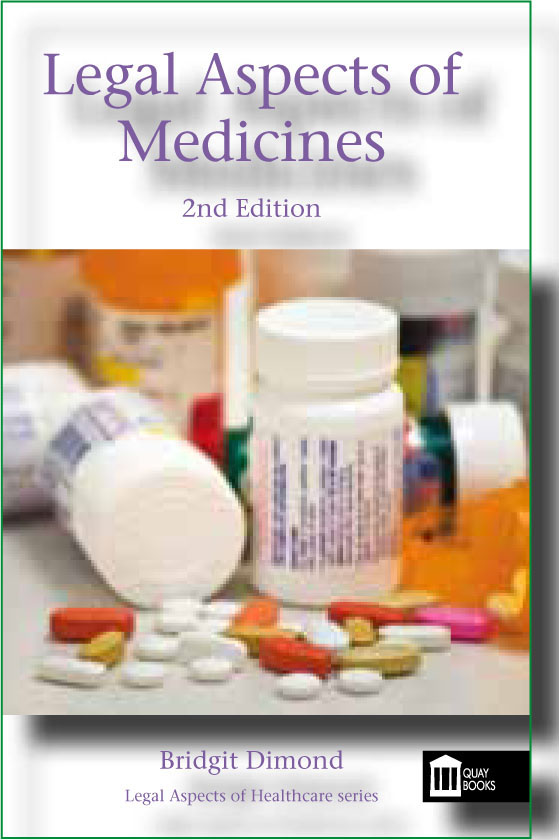
The updated second edition provides readers with a wealth of knowledge concerning the legal aspects of medicine. This edition addresses the considerable changes that have occurred in the world of medicines; it not only captures the changes within the medicines field, it also builds on the changes in the health and social care arena.
The text builds upon its first edition predecessor where there are significant references to nursing and the practice of nursing and medicines management; despite this, the text is invaluable for any health or social care professional including the paramedic.
The current England and Wales and European legislative framework is used throughout as well as considering the current health economy. The changes to the Mental Health Act are covered in enough detail to ensure that the reader understands the implications of medicines use related to those people who may have mental health problems.
There are thirty-one short sharp information packed chapters, the majority of them have relevance to paramedic practice. Dimond makes use of the case study (a contemporary scenario) to help readers understand the legal elements of medicines management, the majority of them are nursing focused but, the underpinning law is applicable to all situations. The chapters bring to life the law related to medicines in a jargon free and practical manner.
Particular topics will be more relevant to the practicing paramedic than others, for example, the chapters on patient group directions, the various chapters on consent, the four chapters concerning accountability will be of particular interest, the chapter on homeopathic and herbal remedies possibility not. There are two chapters related to non-medical prescribing offering the most up to date commentary about this growing area of professional practice for all health practitioners including paramedics.
‘I would recommend this information packed text as an essential read for paramedics and managers of paramedic services’
The discussion concerning documentation and confidentiality will offer insight to those new to the topics and revision for those who already have an understanding.
I particularly liked the chapter on the illegal use of drugs. This provided me with insight and understanding of the key issues (legal and societal) associated with illegal drug use. The Misuse of Drugs Act 1971 and Department of Health Guidance is discussed in a reader friendly way.
The use of cannabis in healthcare, its use as an analgesic and anti-emetic are outlined.
The final chapter alerts the reader to the fact that the Medicines and Healthcare Products Regulatory Agency are in the process of reviewing medicines legislation with regards to the Medicines Act 1968. This concerns the sale, supply and administration of prescription only medicines. There will be significant developments ahead in the health services and the pharmaceutical industries.
It was a shame not to see any paramedic centred issues discussed. There is opportunity to include paramedic examples in the current text; their absence means that the paramedic will have to make the application to contemporary paramedic practice.
Dimond, a competent commentator on health and social care law has a knack for being able to explain complicated legal and professional issues in a user friendly and enticing way, the Legal Aspects of Medicines is no exception.
I would unequivocally recommend this information packed text as an essential read for paramedics (students and practitioners) and managers of paramedic services. The comprehensive glossary of terms is most useful in helping the reader grasp the sometimes mysterious terms used in health, social and legal settings.
The text is a foundation which can be used as a start for understanding the sometimes complex issues associated with medicines and medicines management.
